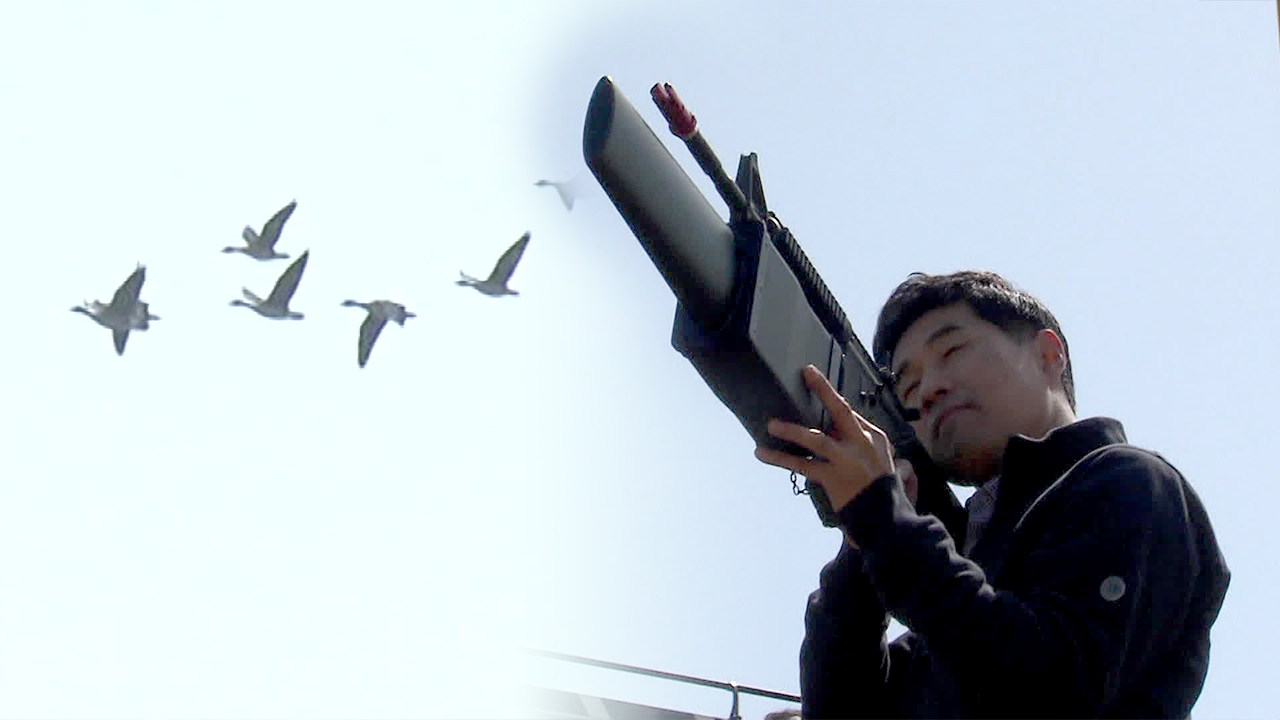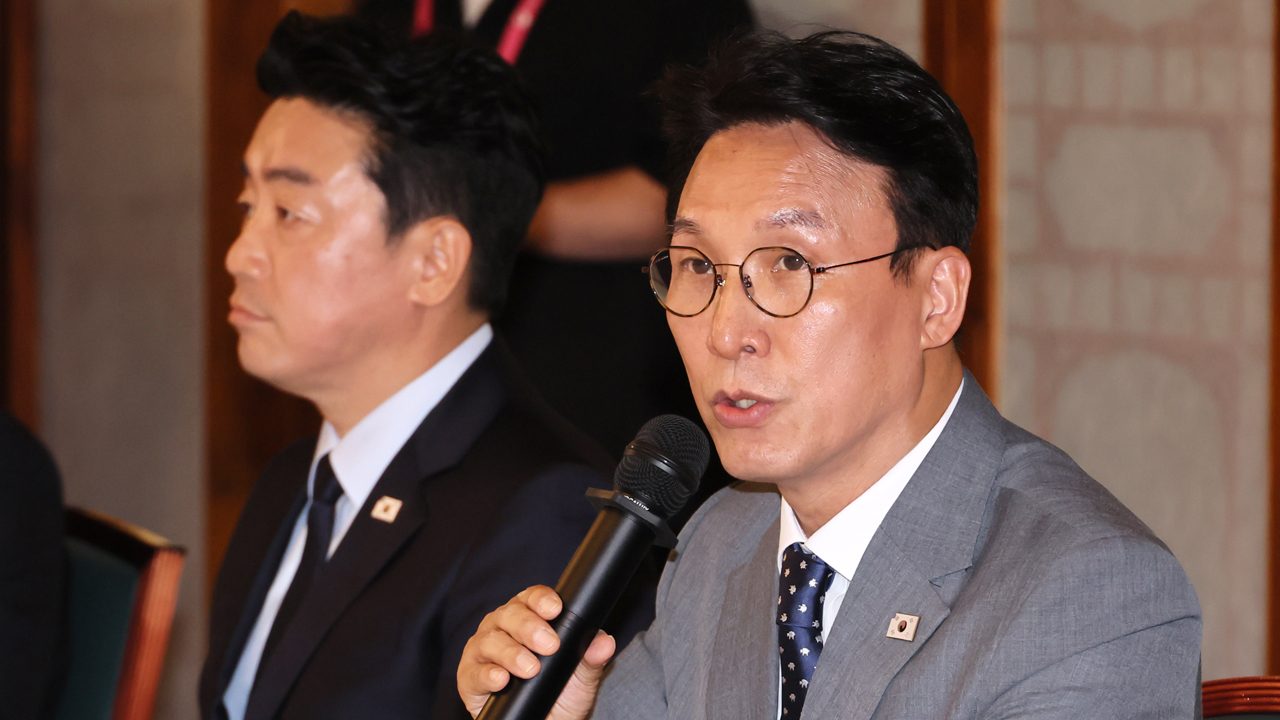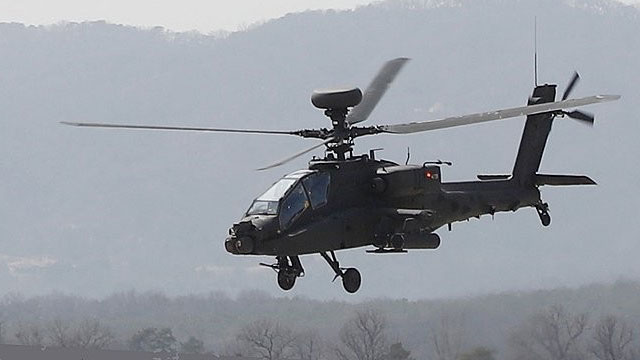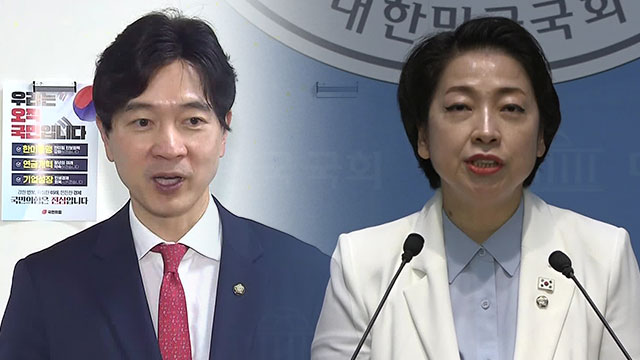No bird detection radar, only 1-2 employees to prevent bird strikes
입력 2024.12.31 (00:04)
읽어주기 기능은 크롬기반의
브라우저에서만 사용하실 수 있습니다.
[Anchor]
Despite the high level of risk, there were not enough equipment and personnel to prevent bird strikes.
This is not just an issue unique to Muan Airport, but it is disappointing and unfortunate.
Reporter Kim Jin-hwa has the story.
[Report]
At 8:57 AM, the control tower issued a warning about a bird strike.
The actual collision occurred at 8:59 AM.
There was only a 2-minute gap.
While we cannot determine the size of the flock, it seems there was no time to avoid it even if it was large.
[Go Seung-hee/Professor of Aviation Operations, Shilla University: "I wish there was a way to provide the warning a bit earlier. In fact, bird warnings need to be accurately distinguished as yellow or red."]
It leaves us wondering how things might have been different if the alert had come sooner.
For that to happen, there should have been sufficient equipment to detect the flocks.
An essential piece of equipment is bird detection radar.
This device detects the movement of flocks in real-time.
It is operated at Tokyo Haneda Airport and most airports in the United States, but there are none at domestic airports.
Thermal imaging detectors are installed only at Incheon, Gimpo, Gimhae, and Jeju airports.
These are only four relatively large airports.
If there is a lack of equipment, was there enough personnel?
There are four dedicated staff members at Muan Airport, but they operate in two shifts with three teams.
This means that only 1 to 2 people were on duty at the same time.
The subsidiary company responsible for bird control at Muan Airport explained, "We chase away birds on the runway and in the air using blank shots or whistles."
Korea Airports Corporation announced plans during this year's National Assembly audit to use loud noise alarms and bird repellents to prevent bird strikes and to eliminate nearby bird habitats.
It remains to be seen whether actual measures have been implemented since then.
This is KBS News, Kim Jin-hwa.
Despite the high level of risk, there were not enough equipment and personnel to prevent bird strikes.
This is not just an issue unique to Muan Airport, but it is disappointing and unfortunate.
Reporter Kim Jin-hwa has the story.
[Report]
At 8:57 AM, the control tower issued a warning about a bird strike.
The actual collision occurred at 8:59 AM.
There was only a 2-minute gap.
While we cannot determine the size of the flock, it seems there was no time to avoid it even if it was large.
[Go Seung-hee/Professor of Aviation Operations, Shilla University: "I wish there was a way to provide the warning a bit earlier. In fact, bird warnings need to be accurately distinguished as yellow or red."]
It leaves us wondering how things might have been different if the alert had come sooner.
For that to happen, there should have been sufficient equipment to detect the flocks.
An essential piece of equipment is bird detection radar.
This device detects the movement of flocks in real-time.
It is operated at Tokyo Haneda Airport and most airports in the United States, but there are none at domestic airports.
Thermal imaging detectors are installed only at Incheon, Gimpo, Gimhae, and Jeju airports.
These are only four relatively large airports.
If there is a lack of equipment, was there enough personnel?
There are four dedicated staff members at Muan Airport, but they operate in two shifts with three teams.
This means that only 1 to 2 people were on duty at the same time.
The subsidiary company responsible for bird control at Muan Airport explained, "We chase away birds on the runway and in the air using blank shots or whistles."
Korea Airports Corporation announced plans during this year's National Assembly audit to use loud noise alarms and bird repellents to prevent bird strikes and to eliminate nearby bird habitats.
It remains to be seen whether actual measures have been implemented since then.
This is KBS News, Kim Jin-hwa.
■ 제보하기
▷ 카카오톡 : 'KBS제보' 검색, 채널 추가
▷ 전화 : 02-781-1234, 4444
▷ 이메일 : kbs1234@kbs.co.kr
▷ 유튜브, 네이버, 카카오에서도 KBS뉴스를 구독해주세요!
- No bird detection radar, only 1-2 employees to prevent bird strikes
-
- 입력 2024-12-31 00:04:26

[Anchor]
Despite the high level of risk, there were not enough equipment and personnel to prevent bird strikes.
This is not just an issue unique to Muan Airport, but it is disappointing and unfortunate.
Reporter Kim Jin-hwa has the story.
[Report]
At 8:57 AM, the control tower issued a warning about a bird strike.
The actual collision occurred at 8:59 AM.
There was only a 2-minute gap.
While we cannot determine the size of the flock, it seems there was no time to avoid it even if it was large.
[Go Seung-hee/Professor of Aviation Operations, Shilla University: "I wish there was a way to provide the warning a bit earlier. In fact, bird warnings need to be accurately distinguished as yellow or red."]
It leaves us wondering how things might have been different if the alert had come sooner.
For that to happen, there should have been sufficient equipment to detect the flocks.
An essential piece of equipment is bird detection radar.
This device detects the movement of flocks in real-time.
It is operated at Tokyo Haneda Airport and most airports in the United States, but there are none at domestic airports.
Thermal imaging detectors are installed only at Incheon, Gimpo, Gimhae, and Jeju airports.
These are only four relatively large airports.
If there is a lack of equipment, was there enough personnel?
There are four dedicated staff members at Muan Airport, but they operate in two shifts with three teams.
This means that only 1 to 2 people were on duty at the same time.
The subsidiary company responsible for bird control at Muan Airport explained, "We chase away birds on the runway and in the air using blank shots or whistles."
Korea Airports Corporation announced plans during this year's National Assembly audit to use loud noise alarms and bird repellents to prevent bird strikes and to eliminate nearby bird habitats.
It remains to be seen whether actual measures have been implemented since then.
This is KBS News, Kim Jin-hwa.
Despite the high level of risk, there were not enough equipment and personnel to prevent bird strikes.
This is not just an issue unique to Muan Airport, but it is disappointing and unfortunate.
Reporter Kim Jin-hwa has the story.
[Report]
At 8:57 AM, the control tower issued a warning about a bird strike.
The actual collision occurred at 8:59 AM.
There was only a 2-minute gap.
While we cannot determine the size of the flock, it seems there was no time to avoid it even if it was large.
[Go Seung-hee/Professor of Aviation Operations, Shilla University: "I wish there was a way to provide the warning a bit earlier. In fact, bird warnings need to be accurately distinguished as yellow or red."]
It leaves us wondering how things might have been different if the alert had come sooner.
For that to happen, there should have been sufficient equipment to detect the flocks.
An essential piece of equipment is bird detection radar.
This device detects the movement of flocks in real-time.
It is operated at Tokyo Haneda Airport and most airports in the United States, but there are none at domestic airports.
Thermal imaging detectors are installed only at Incheon, Gimpo, Gimhae, and Jeju airports.
These are only four relatively large airports.
If there is a lack of equipment, was there enough personnel?
There are four dedicated staff members at Muan Airport, but they operate in two shifts with three teams.
This means that only 1 to 2 people were on duty at the same time.
The subsidiary company responsible for bird control at Muan Airport explained, "We chase away birds on the runway and in the air using blank shots or whistles."
Korea Airports Corporation announced plans during this year's National Assembly audit to use loud noise alarms and bird repellents to prevent bird strikes and to eliminate nearby bird habitats.
It remains to be seen whether actual measures have been implemented since then.
This is KBS News, Kim Jin-hwa.
-
-

김진화 기자 evolution@kbs.co.kr
김진화 기자의 기사 모음
-
이 기사가 좋으셨다면
-
좋아요
0
-
응원해요
0
-
후속 원해요
0










![[속보] 내란특검, 윤석열 전 대통령 구속영장 청구](/data/layer/904/2025/07/20250706_G4l0Nk.jpg)




이 기사에 대한 의견을 남겨주세요.